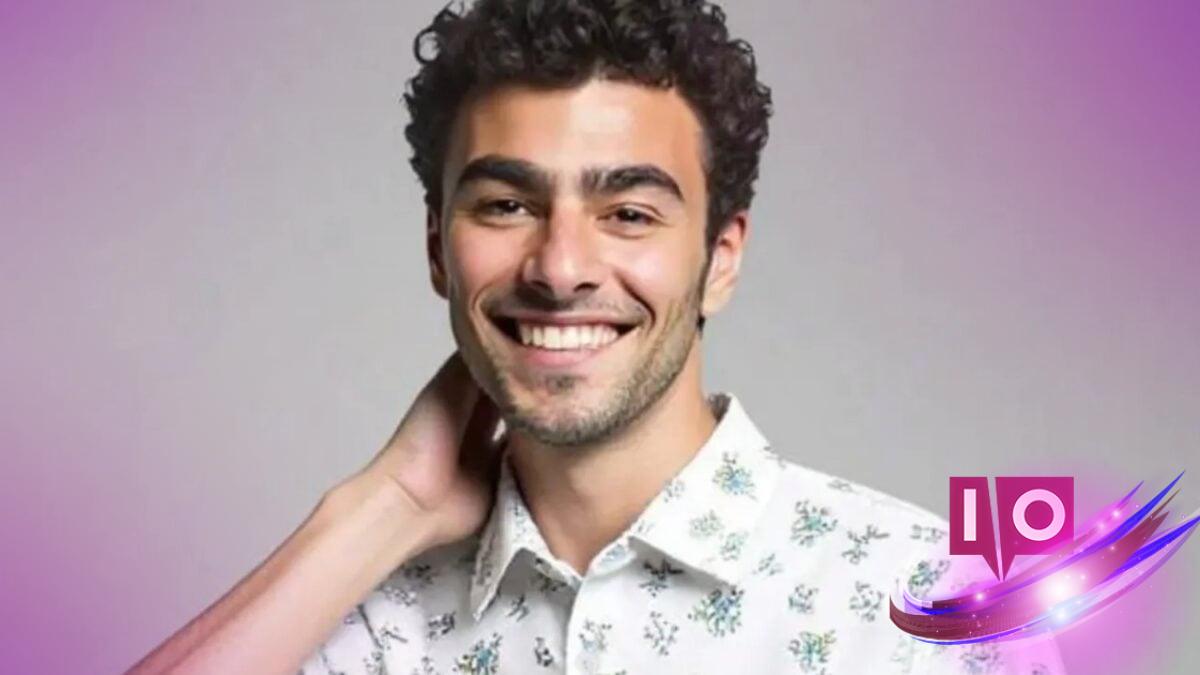This summer, fashion takes an unexpected turn as “anti-capitalist chic” emerges, largely thanks to fast-fashion giant Shein. Recently, the company found itself in hot water when an image of Luigi Mangione, the man implicated in the murder of UnitedHealthcare CEO Brian Thompson, mysteriously appeared on one of its product listings. This bizarre incident raises questions about the ethics of fast fashion and the use of images in marketing.
To establish credibility, it’s essential to know that this isn’t just a regular news cycle; it blends the charming world of summer fashion with unsettling morality. As we dive deeper, you’ll understand why this story matters to consumers and critics alike.
1. The Unraveling Mystery of the Photo
Mangione’s image, beaming while sporting a short-sleeve floral shirt, surfaced on Shein’s website, drawing the attention of savvy shoppers almost immediately. A facial recognition tool, utilized by the BBC, confirmed it was a 99.9% match to Mangione’s likeness. However, it’s still unclear whether this image was created using AI or traditional photo editing techniques.
2. Immediate Action from Shein
Shein promptly removed the image once it came to light. The company stated that it had sourced the image from a third-party vendor, and emphasized that their stringent listing standards had been breached. While they announced plans to enhance their monitoring processes, many argue this incident highlights a serious flaw in their vetting procedures.
3. Who Is the Vendor Behind This Controversy?
While Shein did not disclose the vendor’s name, reports indicate it was a brand called Manfinity. Interestingly, this brand often employs AI-generated models for its listings. Despite the occasional awkwardness of these models, they have found their way into various product offerings across the platform.
4. The Broader Implications of AI in Fashion
The use of AI-generated images isn’t restricted to Shein or Manfinity; it’s a broader trend in the fast-fashion industry. The implications? Fast fashion companies face lawsuits for allegedly using artists’ work without permission, highlighting the ethical gray area of leveraging technology for profit.
5. The Popularity of Mangione’s Likeness
Interestingly, Mangione’s image has evolved into a symbol on various merchandise platforms like Etsy. Shortly after his arrest, supportive merchandise began flooding the site, with many sellers pledging part of their proceeds to his legal defense. This raises ethical questions: Are companies like Shein exploiting this notoriety for profit without a moral compass?
Are fast fashion retailers increasingly relying on AI-generated models? Yes, many brands are adopting AI for marketing, showing a willingness to sacrifice ethics for profits.
What are the implications of using a murder suspect’s image in marketing? This tactic not only raises ethical concerns but also adds layers of complexity to consumer perception and brand integrity.
How can consumers identify ethical fashion brands? Look for transparency in sourcing, genuine craftsmanship, and brands that prioritize fair labor practices and sustainability measures.
Is it common for vendors to provide inappropriate images to retailers? Unfortunately, instances of misleading or inappropriate imagery in listings are becoming more frequent, making it crucial for retailers to improve oversight.
So, what’s the takeaway here? As we move toward a more ethically conscious era, scrutinizing the morality behind the brands we support is essential. While Shein grapples with this incident, it serves as a wake-up call for consumers to demand better practices.
If you’re intrigued by the intersection of fashion, ethics, and technology, continue exploring these themes. For more insights into modern consumer trends and fashion dilemmas, visit Moyens I/O.
